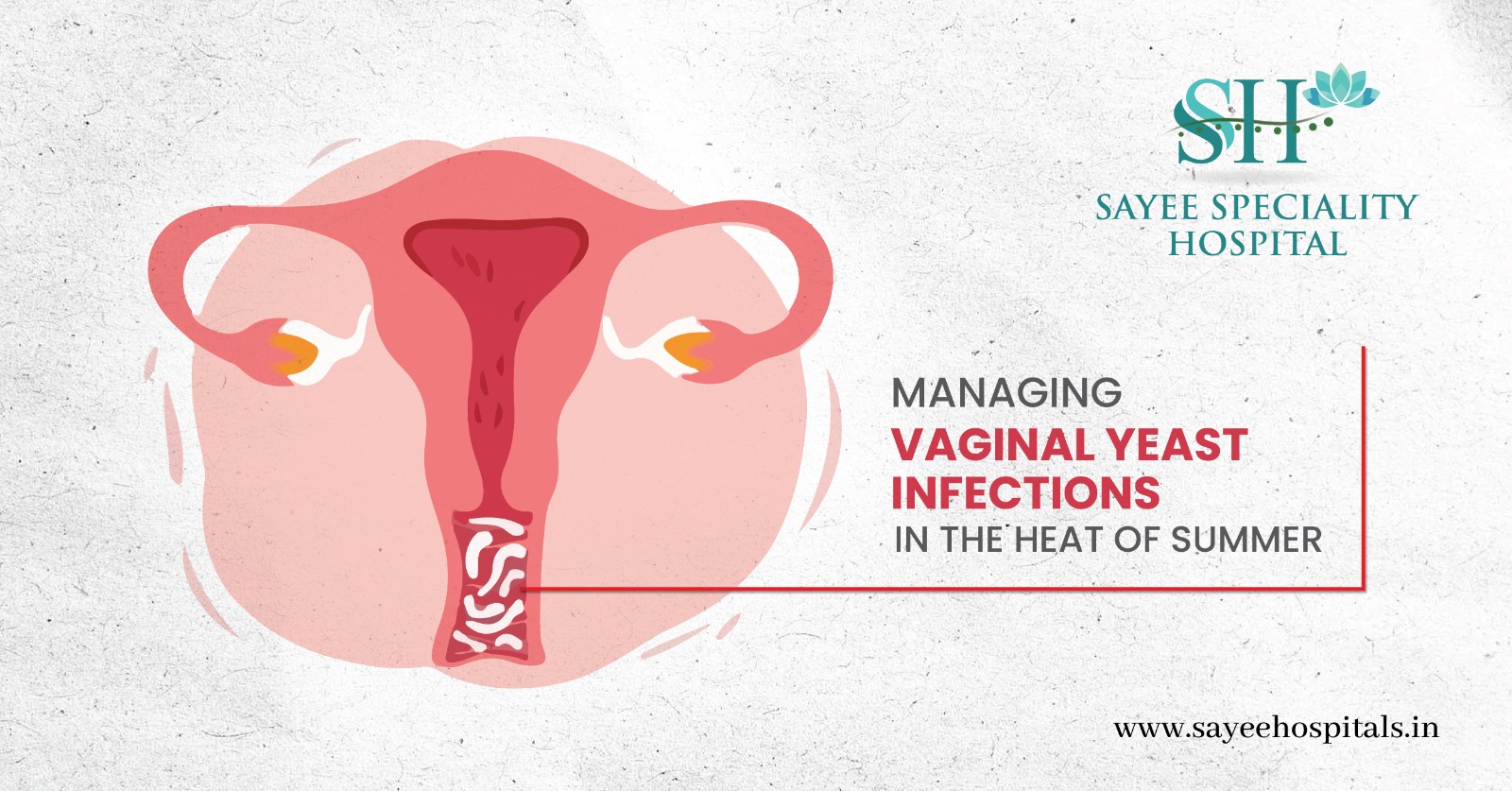
MANAGING VAGINAL YEAST INFECTIONS IN THE HEAT OF SUMMER
A vaginal yeast infection is a common condition affecting the vaginal area, caused by the overgrowth of a fungus called yeast. Although small amounts of yeast naturally inhabit the vagina, an imbalance leading to excessive growth can result in an infection. While yeast infections can occur anytime, certain factors, especially during warm weather, increase susceptibility. […]
read more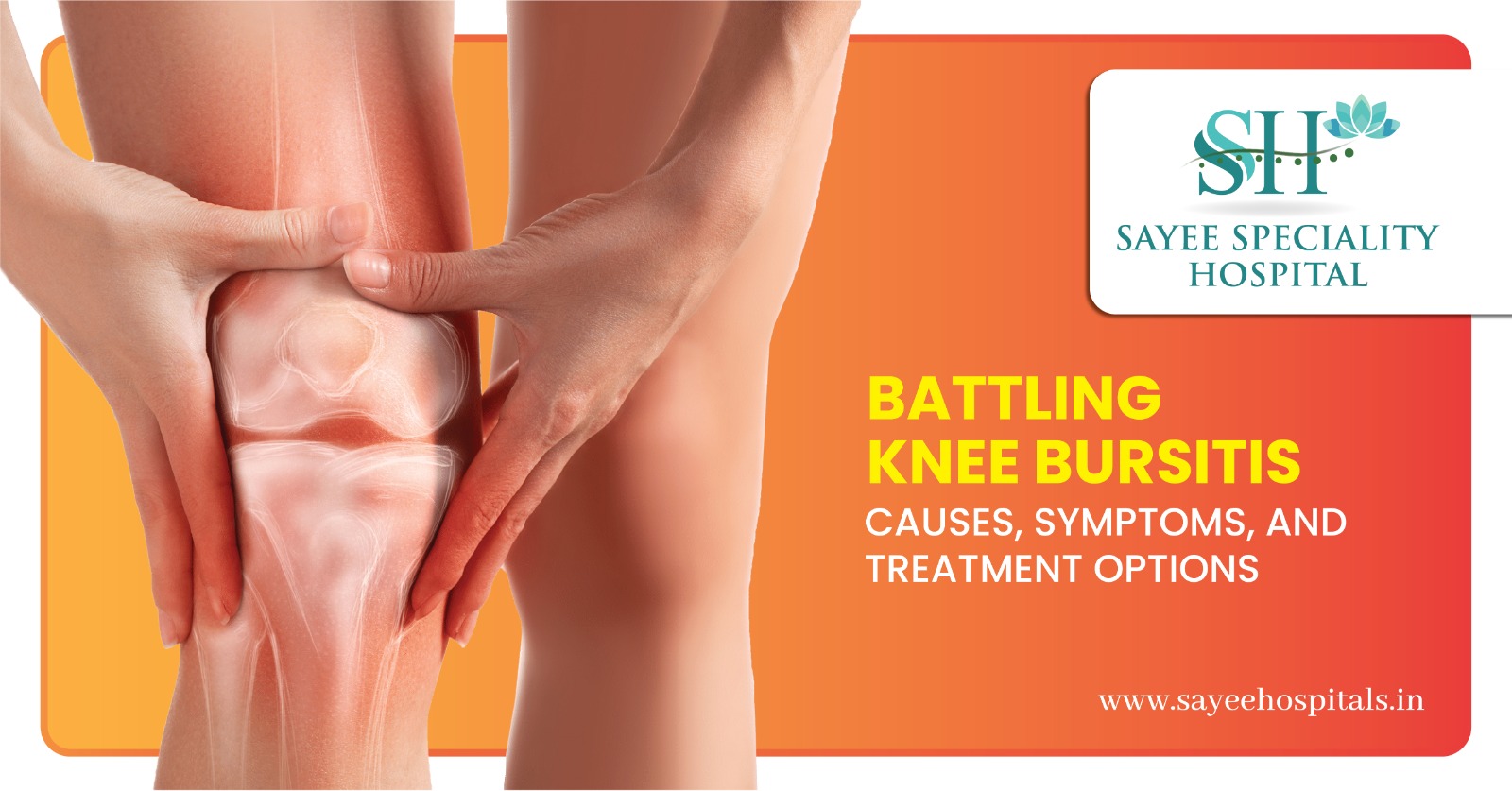
Battling Knee Bursitis: Causes, Symptoms, And Treatment Options
Knee bursitis, characterized by inflamed fluid-filled sacs near the knee joint known as bursae, can cause discomfort and limit mobility. Understanding its causes, symptoms, and treatment options is crucial for effective management and prevention. Causes and Symptoms: Knee bursitis often results from friction and irritation of the bursae, commonly occurring over the kneecap or on […]
read more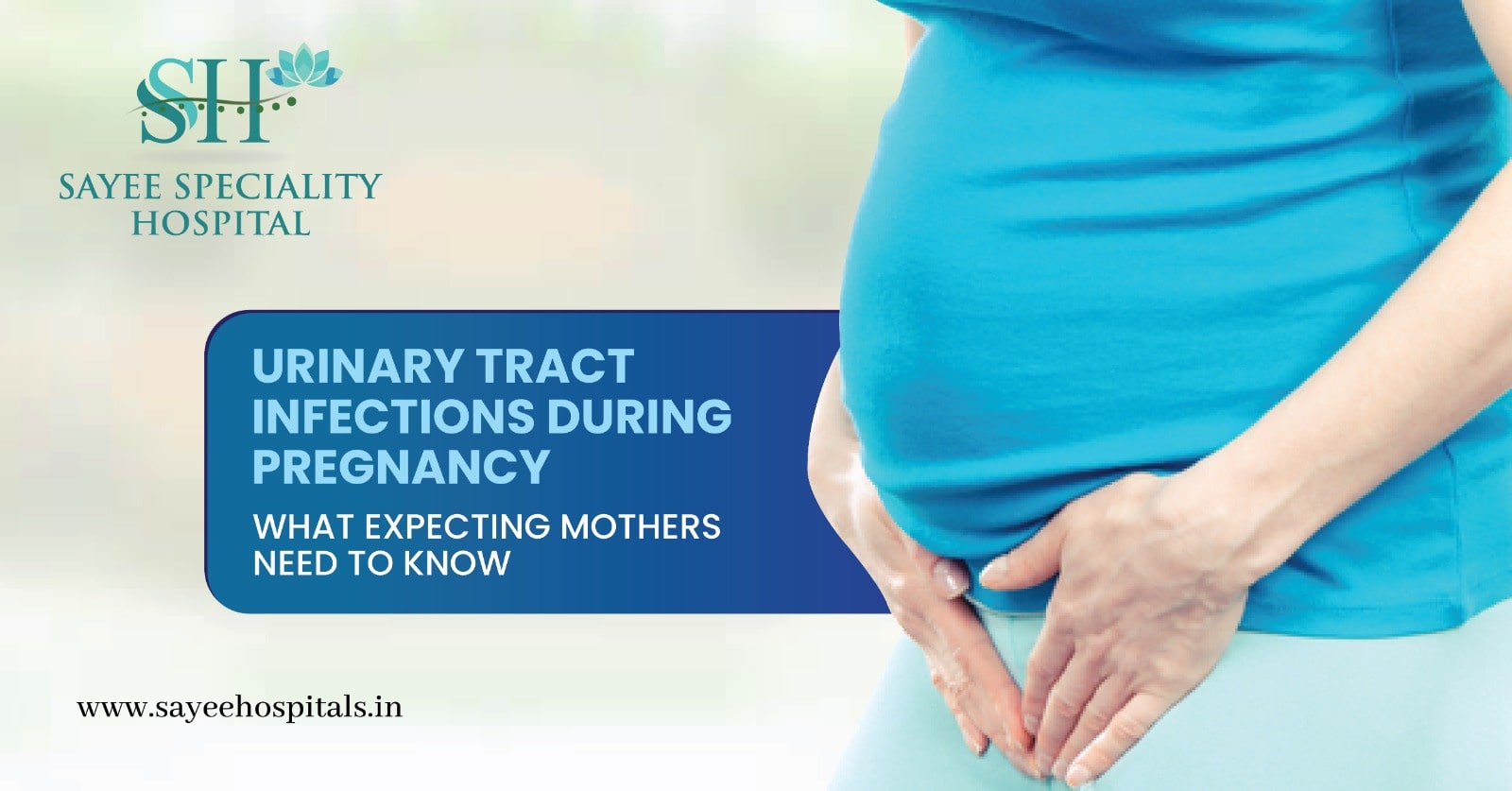
Urinary Tract Infections During Pregnancy: What Expecting Mothers Need To Know
Urinary tract infections (UTIs) pose a common health concern for women, with susceptibility increasing during pivotal life stages such as pregnancy. Understanding the causes, symptoms, and effective management strategies is crucial for maintaining overall well-being. UTIs typically occur when bacteria, most common being Escherichia coli (E. coli), infiltrate the urinary tract, sometimes involving different parts […]
read more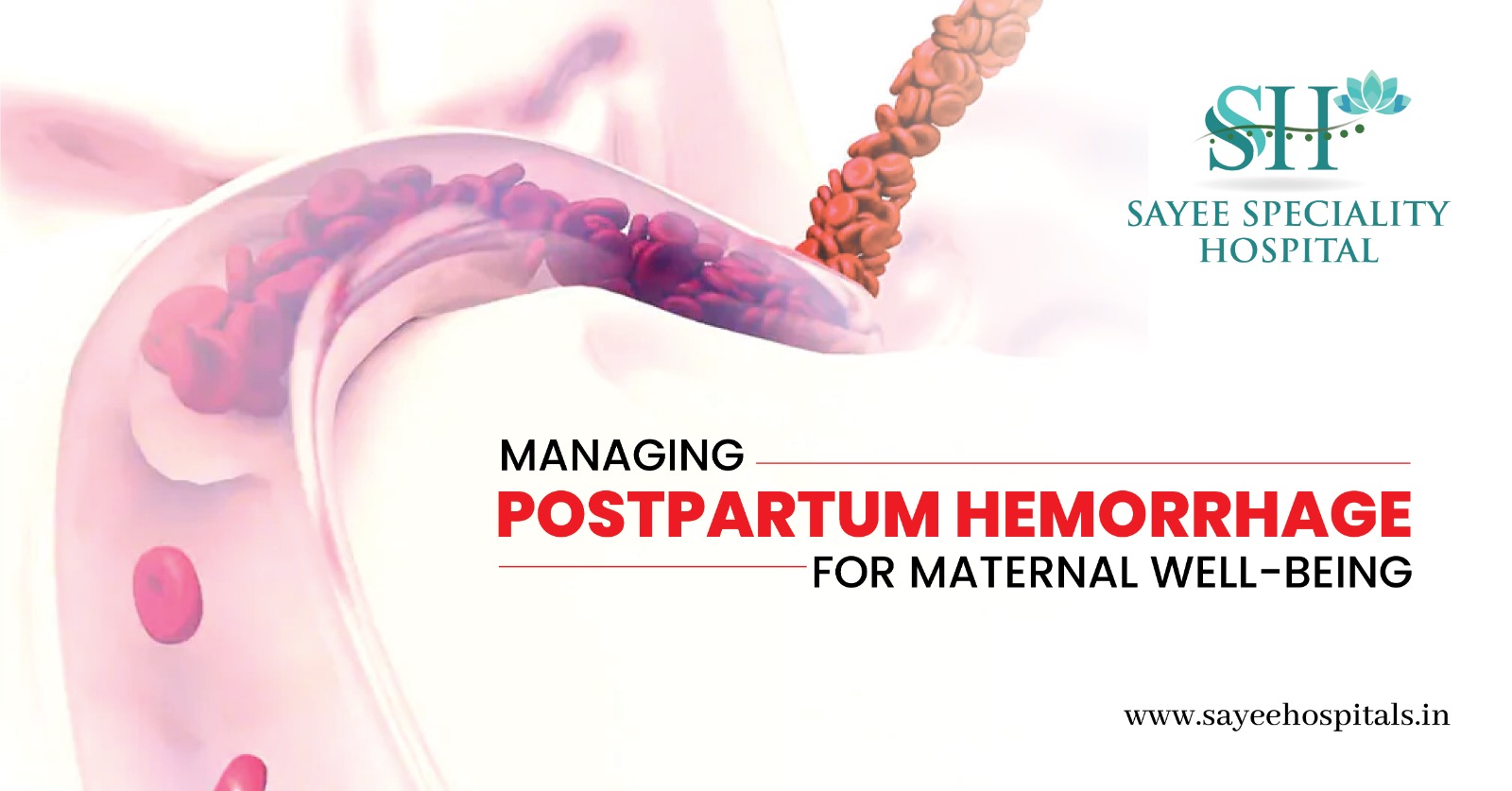
Managing Postpartum Hemorrhage For Maternal Well-Being
Postpartum hemorrhage (PPH), characterized by severe vaginal bleeding after childbirth, poses a serious threat, potentially leading to fatal consequences. Recognizing symptoms like dizziness, faintness, and blurred vision is crucial, as early detection and prompt intervention are key to a successful recovery. Whether occurring immediately after delivery or up to 12 weeks postpartum, PPH demands immediate […]
read more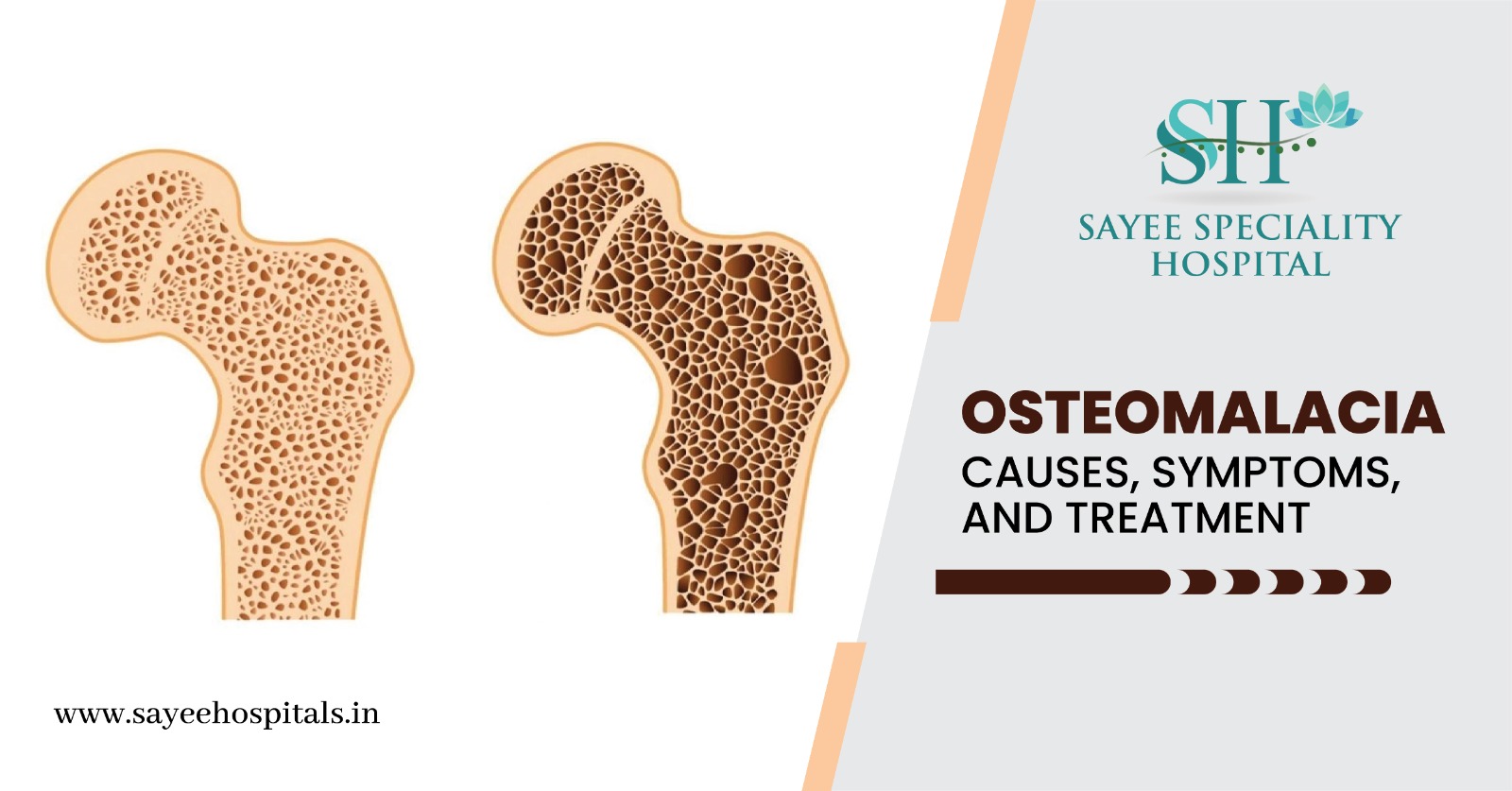
Osteomalacia: Causes, Symptoms, And Treatment
Osteomalacia, often referred to as “soft bones,” is a metabolic bone disorder characterized by insufficient mineralization, leading to weakened and softened bones. Unlike osteoporosis, which involves the deterioration of existing bone, osteomalacia is a failure in the bone-building process. This condition primarily affects adults, whereas a similar deficiency in children leads to rickets. Bone is […]
read more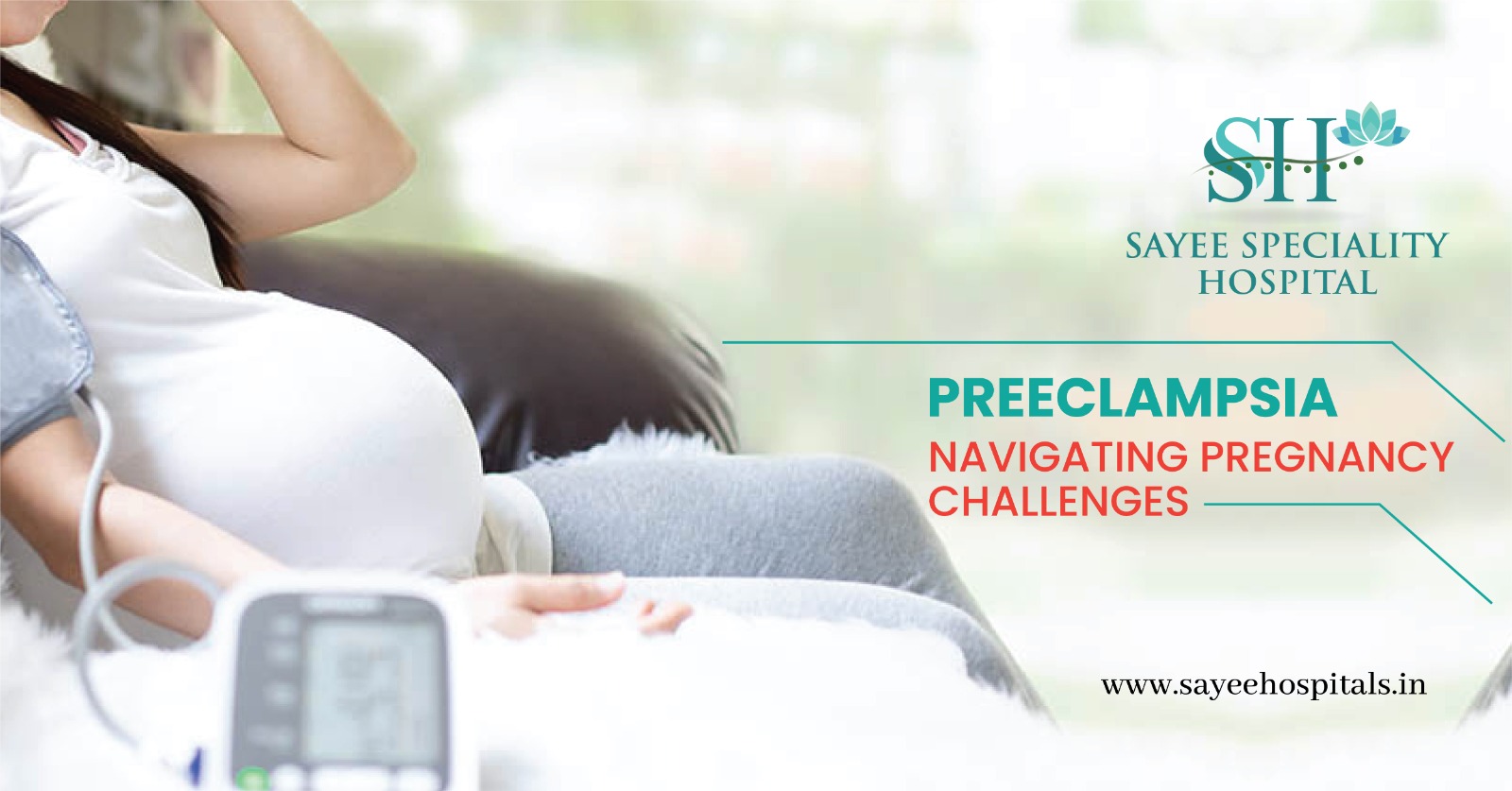
Preeclampsia: Navigating Pregnancy Challenges
Preeclampsia, a condition exclusive to pregnancy, unfolds after the 20th week and is marked by high blood pressure and protein in the urine. Risk Factors: First-time moms face History of gestational hypertension or preeclampsia increases risk of ecclampsis Family history plays a crucial Multiple pregnancies elevate Extreme maternal age amplifies the Pre-existing conditions like high […]
read more
Essential Newborn Care: A Guide For New Parents
Welcoming a newborn into the world is a time of immense joy and responsibility. The first 28 days, known as the neonatal period, are crucial for laying the foundation for your baby’s long- term health and development. Whether you’re a first-time parent or seasoned caretaker, here are key aspects of newborn care to ensure your […]
read more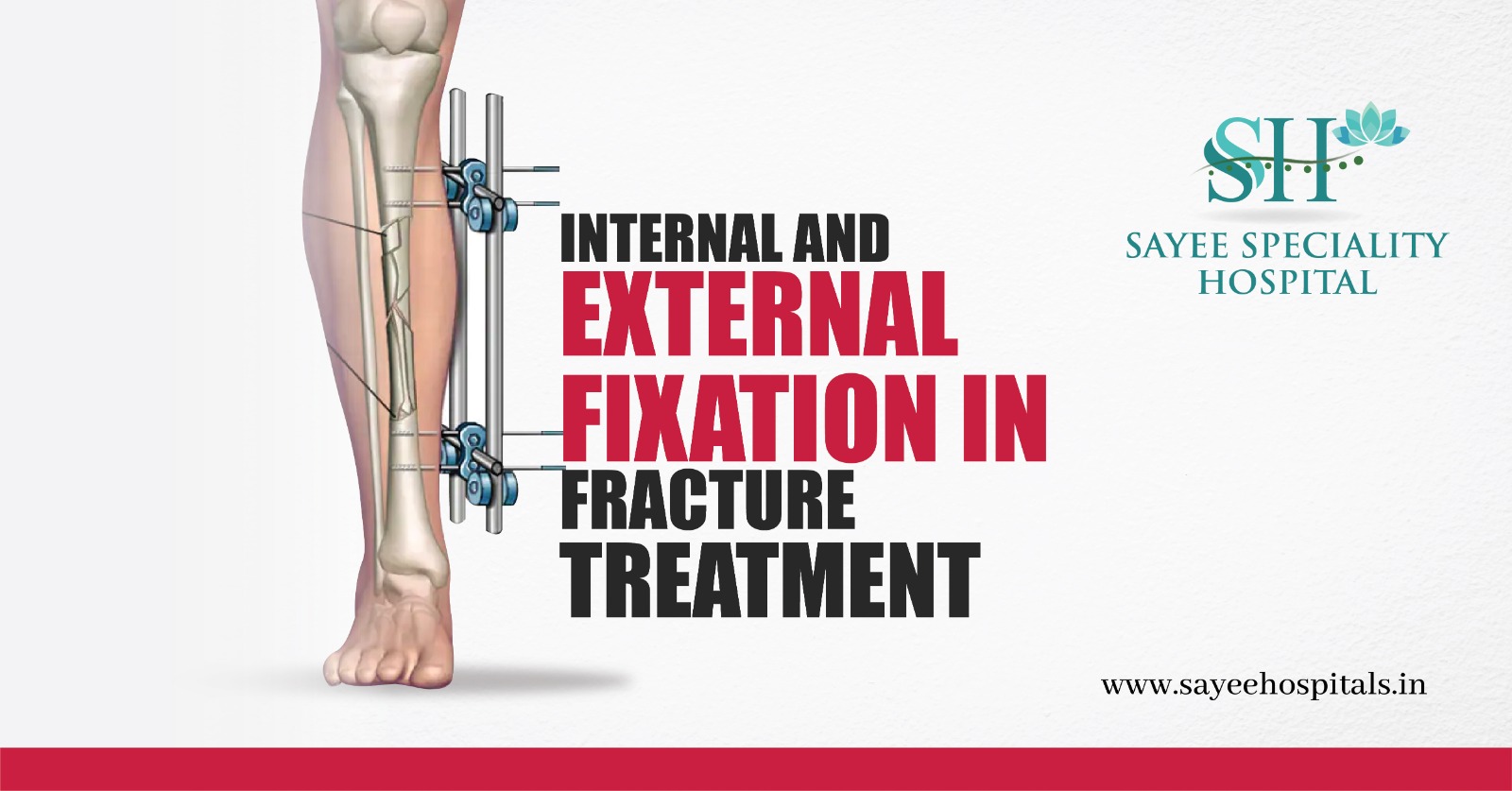
Internal And External Fixation In Fracture Treatment
Fracture treatment often necessitates repositioning and stabilizing bone fragments to ensure proper healing. Internal and external fixations are common methods used by orthopedic surgeons to achieve this, employing various implants to maintain bone alignment and promote recovery. These techniques not only reduce hospital stays but also help patients regain function more quickly and decrease the […]
read more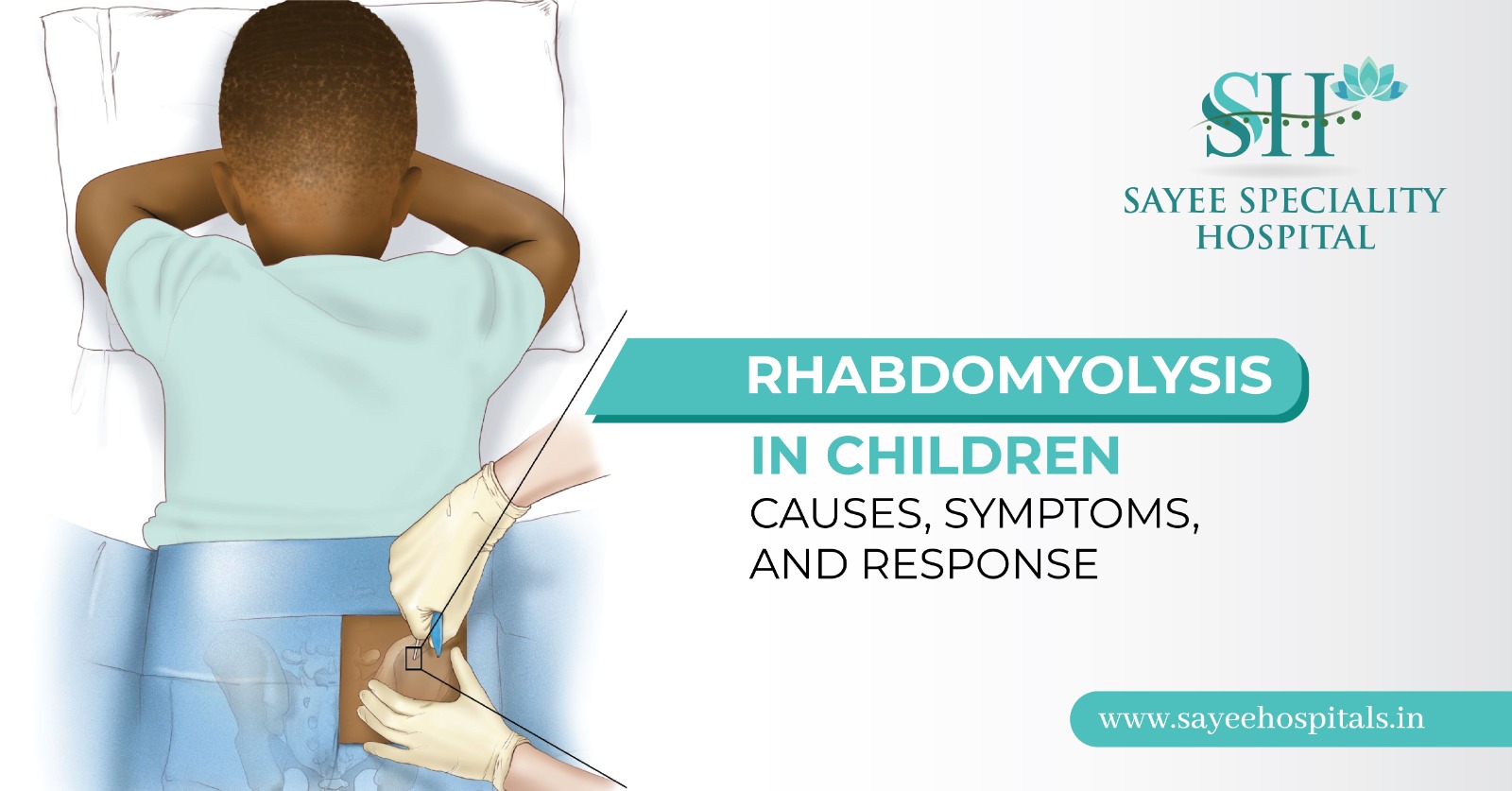
Rhabdomyolysis In Children: Causes, Symptoms, And Response
Rhabdomyolysis is a rare yet serious condition involving excessive muscle breakdown, potentially leading to kidney injury or failure. Children may develop rhabdomyolysis due to various factors such as infections, exercise, muscle injury, medications, or genetic conditions. Mechanism and Effects: Excessive muscle breakdown releases myoglobin into the bloodstream, overwhelming kidneys and potentially causing damage. Prompt treatment […]
read more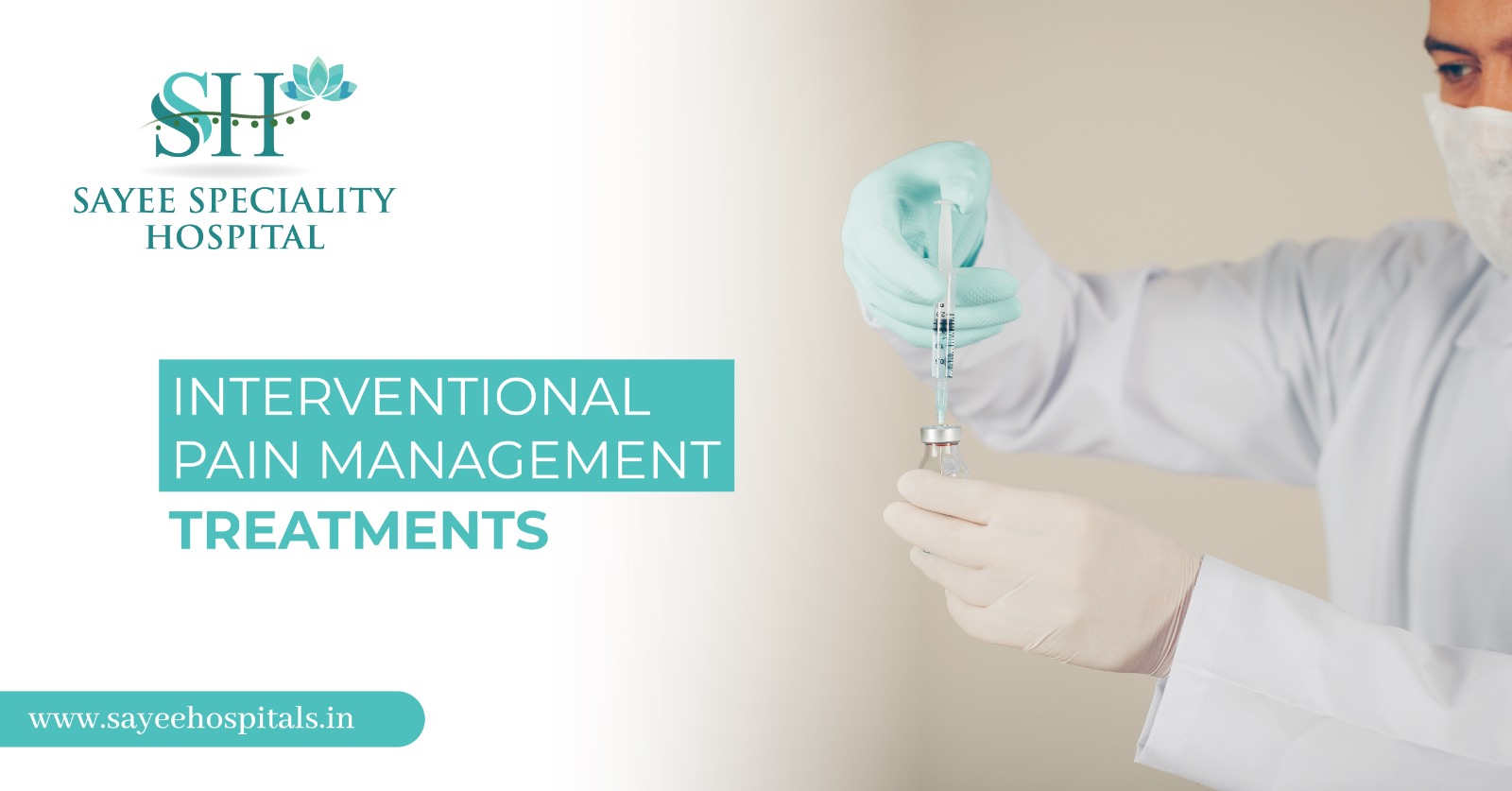
Interventional Pain Management Treatments
Interventional pain management is a specialized field of medicine that employs minimally invasive techniques to diagnose and treat various types of pain. This approach can provide significant relief for patients suffering from acute or chronic pain, thereby improving their quality of life. At its core, interventional pain management harnesses the body’s natural healing mechanisms to [...]
read more